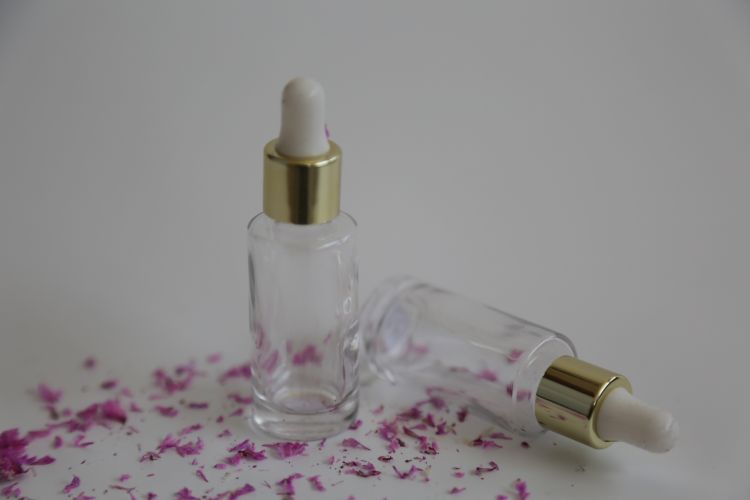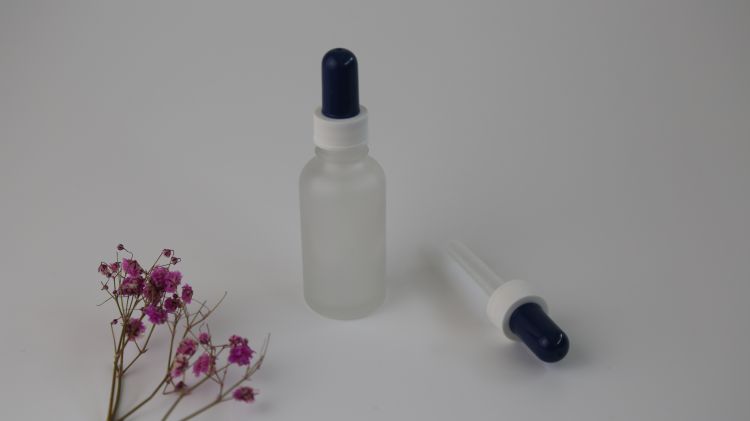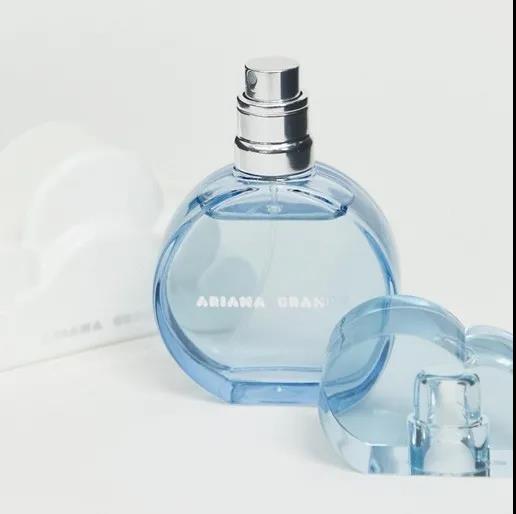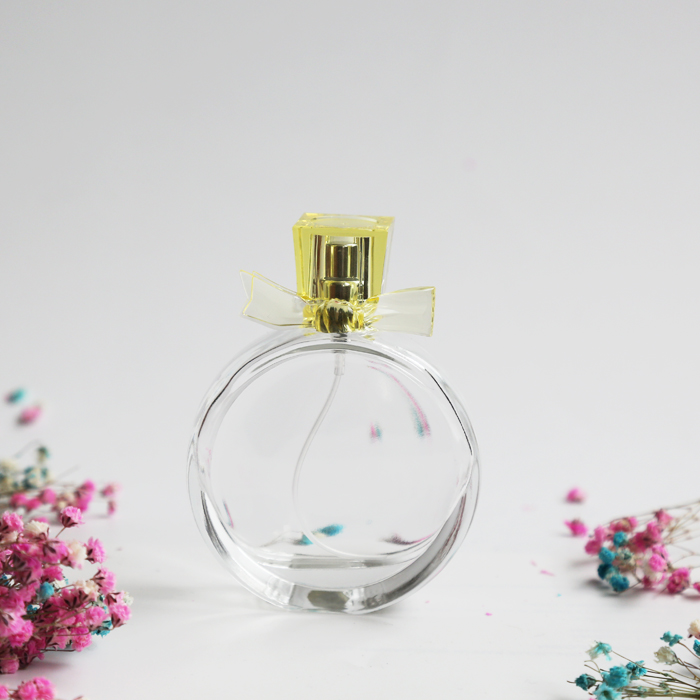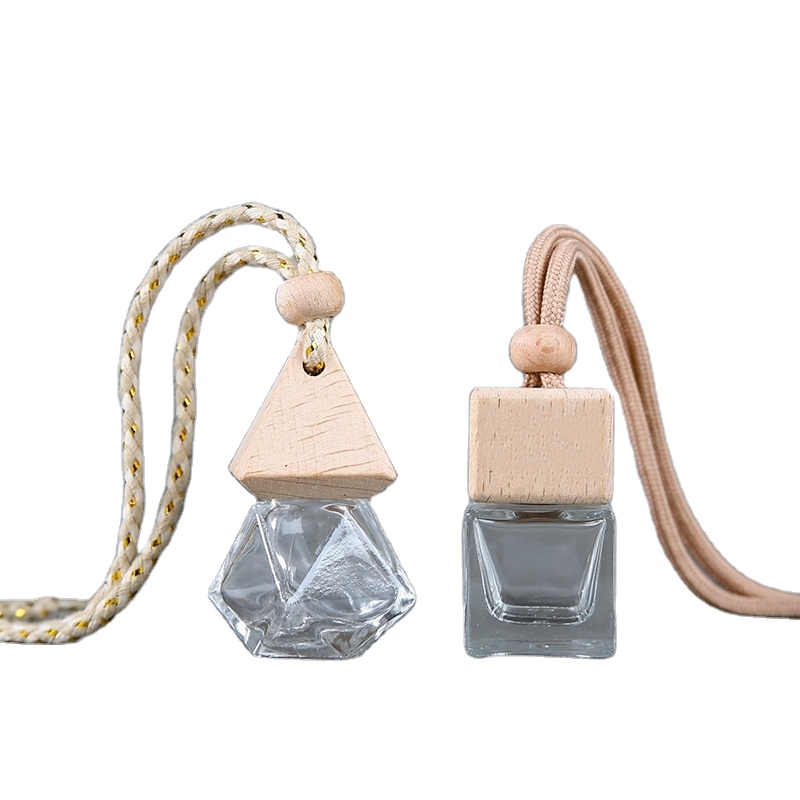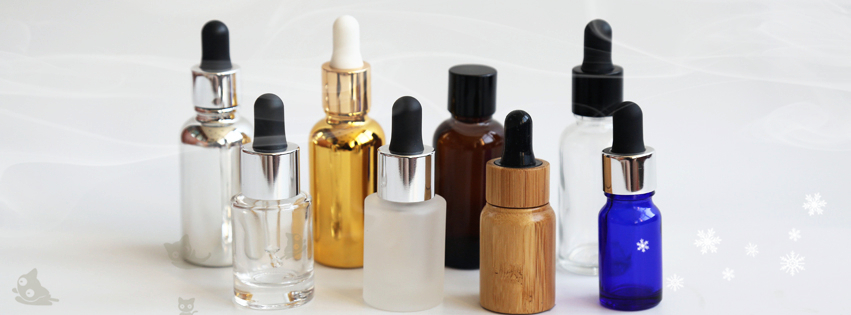Glass containers processed on the basis of glass are widely used in the field of daily chemicals. They are deeply liked by users because of their high transparency and good hand feeling. The different materials of glass bottles directly determine the grade of products. For example, in the fragrance market, the main material of perfume bottles is crystal white glass, while the more common daily chemical glass in the market is high white. Characteristics of glass products: good perspective and light transmission performance, simple manufacturing process, free and changeable shape, high hardness, heat resistance, cleanness, easy cleaning, low tensile strength.
Glass containers for cosmetics are mainly made of high white materials, and high-end products also use crystal white materials, such as perfume bottles. Glass is formed through deep processing, including cream bottle, essence liquid, toner, essential oil bottle and other containers.
The main processing methods of glass bottles are various, including manual blowing, mechanical blowing, extrusion molding, drawing, etc. Among them, high white glass is basically produced by row and column machines in China, while crystal white is mostly produced by manual machines.
Glass bottles are divided into ordinary white materials, high white materials and crystal white materials. Different material colors can directly affect the transparency and brittleness of glass products. The better the raw materials, the better the quality of glass products produced, and the prices of different material colors are also different. The most common ordinary white glass bottle uses more recycled materials (commonly known as broken glass) in the production of ingredients. The formula price of high white and crystal white materials is far higher than that of ordinary white materials. High whiteness glass needs to choose refined materials and quartz sand with less impurities and high density, while crystal whiteness is basically processed with quartz stone as the main material and silicon dioxide as the auxiliary material.
The production of glass bottles uses quartz sand, soda ash, feldspar and limestone as raw materials. The molding of glass products requires the integration of some auxiliary materials, including clarifiers, fluxes, opacifiers, colorants, decolorizers, oxidants and reductants. After mixing, high-temperature melting and homogenization, they are processed and formed, and then annealed. After being consumed by the market, glass products can be recycled, reprocessed, and then reused.
Post time: Aug-03-2022

